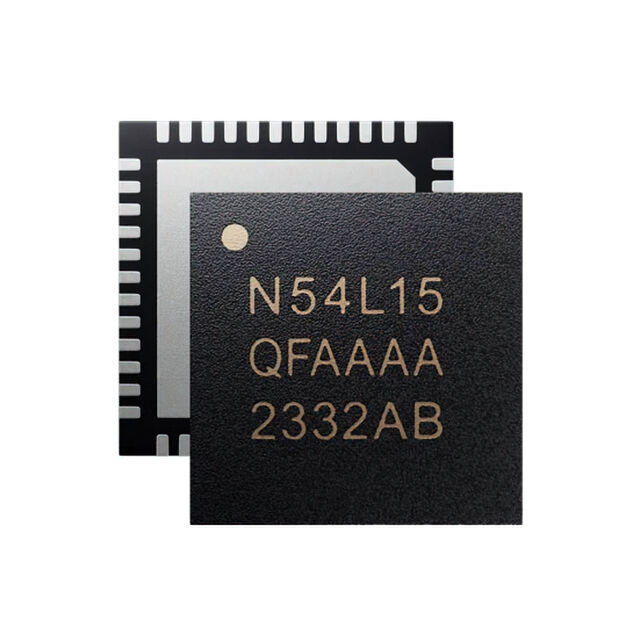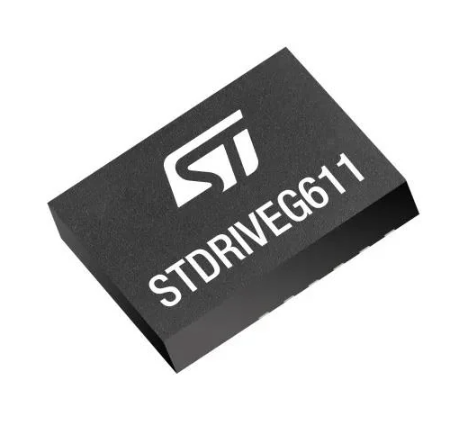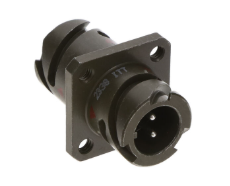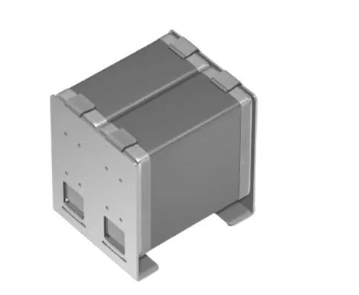Addressing AI limitations in traditional computing
As artificial intelligence (AI) becomes increasingly integrated into sectors such as healthcare, autonomous vehicles and smart cities, traditional computing architectures face significant limitations in processing speed and energy efficiency.
The 'ViTFOX' project brings together eight partners from Europe and Korea to create a groundbreaking Vision Transformer architecture based on ferroelectric oxide, allowing for significant reductions in energy consumption and latency.
Unlike traditional architectures, which often rely on separate memory and processing units, ViTFOX aims to integrate computing directly into memory, achieving an exceptional energy efficiency of over 50 TOPS/W. The European Union is funding the project with €1.5 million.
Traditional computing architectures face notable limitations in processing speed and energy efficiency when handling the vast amounts of data generated in today's digital landscape. Neuromorphic systems, systems that imitate the working method of the human brain, leverage specialised hardware, such as ferroelectric devices, to execute computations more efficiently and effectively, enabling real-time processing and decision-making. This approach not only enhances the performance of AI applications, such as image recognition and natural language processing, but also reduces energy consumption, making it a sustainable solution for future technology.
The ViTFOX project is at the forefront of advancing AI by developing energy-efficient neuromorphic computing systems. At the core of the project is the Vision Transformer (ViT) architecture, which is designed to perform complex AI computations while consuming less energy. Vision Transformers are a type of neural network architecture that excels in image recognition tasks by processing visual data more effectively than traditional methods. The project aims to create a ViT that utilises ferroelectric oxide materials to achieve exceptional energy efficiency of over 50 TOPS/W, which is essential for AI-powered Edge applications.
“We aim to push the boundaries of current technology by developing hardware-software co-optimization platforms, novel materials, and integration methods that will not only enhance AI performance but also ensure sustainability in energy consumption, “ said Professor Dr. Thomas Kämpfe, Project Leader at Fraunhofer IPMS, one of the partners in the consortium. “We want to significantly contribute to the semiconductor industry, addressing both the technical challenges of emerging memory technologies and the societal need for efficient computing solutions.“
Collaboration between Europe and Korea to advance the state-of-the-art technology In total, the ViTFOX consortium consists of eight partners from research institutions, universities and technology development laboratories from Europe and Korea. The project aims to strengthen the leading position of EU and Korea in Hafnia-based Silicon-compatible ferroelectric electronics, a field which was pioneered in Europe and has attracted significant interest from Korean researchers.
The project will advance the technology beyond the state of the art in the whole value chain from materials and devices to heterogeneous and monolithic integration as well as design and simulation of the ViT circuits and systems. The project is especially significant as it capitalises on the recent advancements in ferroelectric materials, specifically hafnium-zirconium oxide (HZO), which has shown to be compatible with conventional silicon components and is an exceptional promise in enhancing memory devices and reducing power consumption.
Three of the project objectives target the design and fabrication of the main components of the ViT, namely a Compute-in-Memory demonstrator, a circuit level simulator and a hardware-software co-optimisation platform with ferroelectric oxides. The platform will support two types of emerging memories, high-density 3D FeRAM developed in Korea and epitaxial ferroelectric tunnel junctions developed in Europe. This strong collaboration enables the partners to leverage their collective expertise in materials science, semiconductor technology, and artificial intelligence to push the boundaries of this emerging field.







